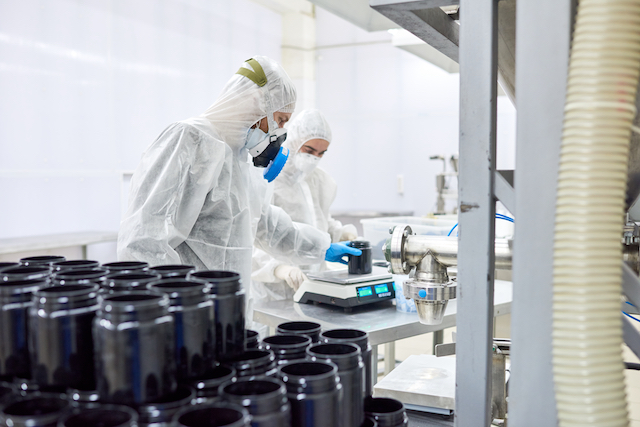
It can be a bit odd with so many separate tags attached to balances and other weighing devices.
Weighing devices used for laboratory or commercial use are usually designated within different accuracy classes, which are generally referred to simply as classes. What exactly do these classifications mean? It can be a bit odd with so many separate tags attached to these balances and other weighing devices. Read on to learn what scale and balance accuracy classes and divisions!
Scale Divisions
We cannot discuss classes without discussing scale divisions first. A scale division is the smallest type of subdivision or unit that a scale’s digital display could indicate. It is a term that is commonly used with readability or resolution. Division could be determined by dividing the scale’s capacity by its readability. If you’ve got a scale with 1000lb capacity and a 0.1 readability, or 1000 divided by 01, then it has 10,000 divisions. In this example, if you’ve got items that each weighed 0.1 pounds, you’d be able to put 10,000 of them onto the scale before you have reached the maximum capacity of that said scale. Discussion of scale divisions usually includes references to the “D” and “E” values. The “D” refers to the value of your scale division, while the more precise “E” refers to the said verification scale division. The class definitions remain mostly the same globally.
Class I/Special
Class I scales, which are perfect for precision laboratory work, have a minimum of around 50,000 divisions. They display results in increments of 1mg or better. Analytical or semi-micro balances are typically rated Class I.
Class II/High
Class II scales have up to 100,000 different divisions. Typical uses for them include laboratory weighing, weighing of gems and metals, and grain test scales.
Class III/Medium
Class III scales are designed for industrial and commercial use, for tasks like food weighing, postal use, sample weighing, and weighing anything up to 30,000 pounds. They have a maximum of about 10,000 divisions.
Class III L
Much like Class III scales, Class III L are used for commercial uses, but they offer a much bigger capacity and are used to weigh vehicles, livestock, and larger-scale stock.
If you have any questions about weighing accuracy classes and which type of scale or division you would need for your laboratory experiment, give the Lab People a call today!
FOR ALL LAB EQUIPMENT AND LAB NEEDS, CONTACT LAB PEOPLE TODAY
The Lab People Inc. is a trusted provider of laboratory equipment, services, supplies, and rental equipment for you and your laboratory. As an ISO 17025 accredited service organization, we stand behind our services with 100% satisfaction guaranteed for all of our customers. We are here to provide you with the best lab equipment service, equipment, and supplies.
For more information about how we can assist you, visit our website, email us, or give us a call at 1-800-296-2001!
Do not forget to follow us on Facebook, Twitter, and Linkedin!
